As we stand at the forefront of a transformative era in urban mobility, Tesla's Robotaxi Network is set to redefine the future of transportation. With autonomous vehicles and electric cars becoming more mainstream, Tesla's innovation in this space, driven by Elon Musk's vision, promises to lead the charge. This exploration delves into the intricacies of Tesla autonomy and examines how it aligns with the broader goals of sustainable mobility.
Tesla's integration of AI and Full Self-Driving (FSD) technology continues to push boundaries. The potential for self-driving cars to revolutionize urban landscapes is immense, aiming to significantly reduce congestion and emissions. Tesla's FSD technology represents a leap forward in transportation, setting new industry standards. However, recent updates have raised questions about the future of these autonomous vehicles. For instance, Elon Musk has not clarified whether the upcoming robotaxi will include a steering wheel or pedals or if exemptions to federal safety standards will be necessary. This ambiguity highlights the ongoing challenges in fully realizing Tesla's ambitious vision.
The journey towards operationalizing Tesla's Robotaxi Network is not without hurdles. Musk's political endorsements have stirred controversy, with some analysts suggesting potential risks to Tesla's market position amidst a sales slump. Such political implications warrant careful consideration regarding Tesla’s market impact. Furthermore, Tesla has faced technical challenges, as evidenced by a federal investigation into suspension failures in Model S and Model X vehicles. While these issues have been addressed, they underscore the importance of maintaining high standards in vehicle safety and reliability.
In a rapidly evolving market, Tesla faces competition from other players like Waymo. The latter's response to vandalism against its robotaxis in San Francisco shows the potential risks associated with deploying autonomous ride-hailing services. These incidents highlight the need for robust strategies to protect autonomous fleets and ensure passenger safety. Interestingly, while Tesla is innovating with its Robotaxi Network, other automotive companies are making significant strides. Ford's introduction of the hybrid Maverick pickup truck illustrates how hybrid technology is becoming mainstream, offering consumers more sustainable options without compromising on utility.
One of the core promises of Tesla's Robotaxi Network is its contribution to sustainable mobility. By leveraging electric vehicles, Tesla aims to reduce the carbon footprint of urban transportation. This aligns with broader global efforts to combat climate change and promote smart cities. As more cities adopt policies supporting electric and autonomous vehicles, Tesla’s initiatives could play a pivotal role in shaping eco-friendly urban environments.
Strategic Deployment and Fleet Management
Successful Robotaxi deployment hinges on effective fleet management strategies. Tesla’s approach involves not only technological advancements but also strategic planning to integrate these services seamlessly into existing urban infrastructures. This involves collaborating with city planners and regulatory bodies to ensure that autonomous ride-hailing services can operate efficiently and safely. The strategic deployment of Tesla's Robotaxis could transform public transportation systems, offering an alternative that is both convenient and environmentally friendly. By reducing reliance on privately owned vehicles, these networks can contribute to reduced traffic congestion and improved air quality in cities worldwide.
While challenges remain, professionals and enthusiasts eagerly anticipate the operationalization of Tesla's groundbreaking innovation. The ripple effects on the future of transportation are expected to be significant as autonomous vehicles become more integrated into daily life.
As Tesla continues to innovate and refine its Robotaxi Network, it stands at the forefront of next-gen mobility. The company's commitment to advancing transportation technology and sustainable solutions positions it as a leader in this evolving landscape. Despite facing both technical challenges and market uncertainties, Tesla's pursuit of autonomous ride-hailing promises to reshape urban mobility profoundly.
Looking toward 2025 and beyond, we must ask: How will these advancements redefine our relationship with urban spaces? And what role will Tesla play in crafting a future that prioritizes both innovation and sustainability? The potential of Tesla's Robotaxi Network to reshape urban mobility is immense, but it requires navigating complex challenges with strategic foresight and innovation.
Conclusion: Paving the Way for a New Era in Urban Mobility
Your thoughts and insights are invaluable as we navigate this transformative journey. I invite you to share your perspectives on how Tesla's initiatives might influence our urban landscapes and daily lives. Together, we can explore how technology and sustainability can pave the way for a brighter future.
Thank you for joining me on this exploration.

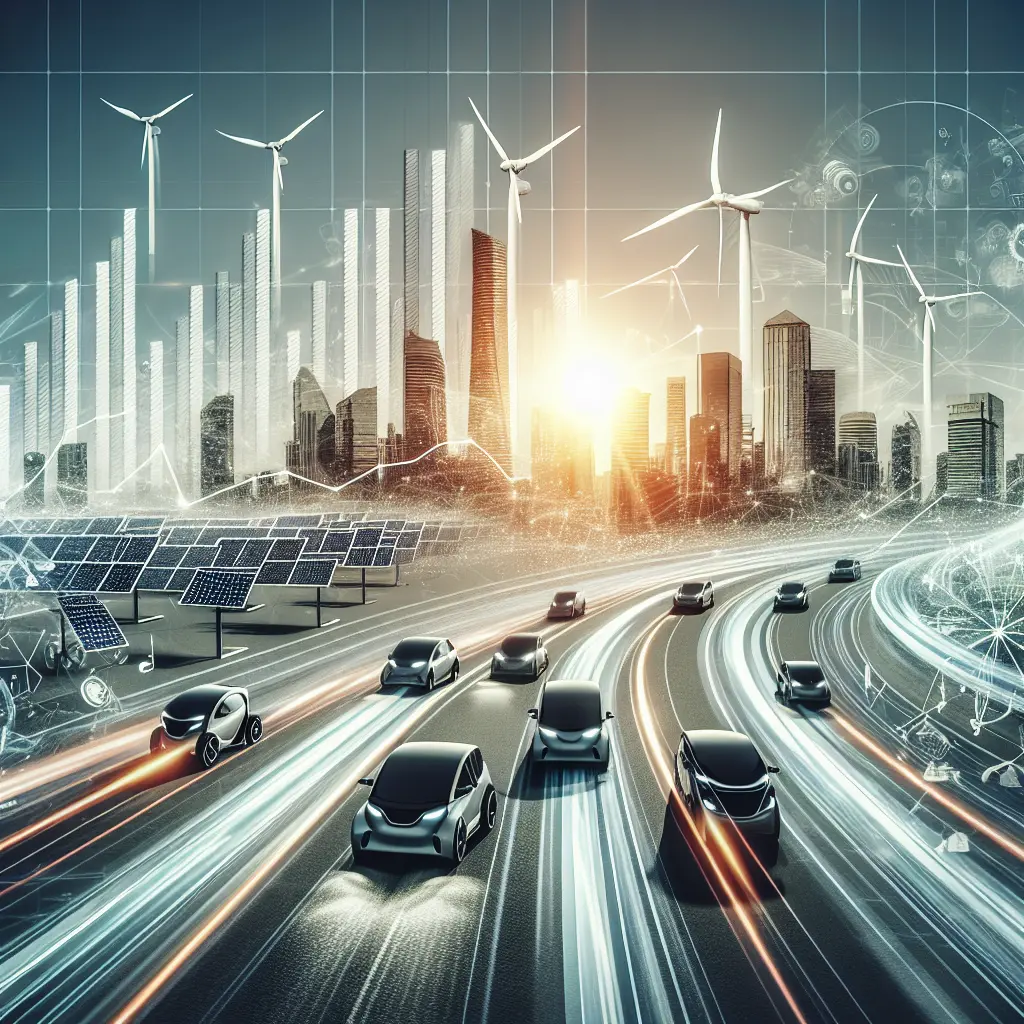
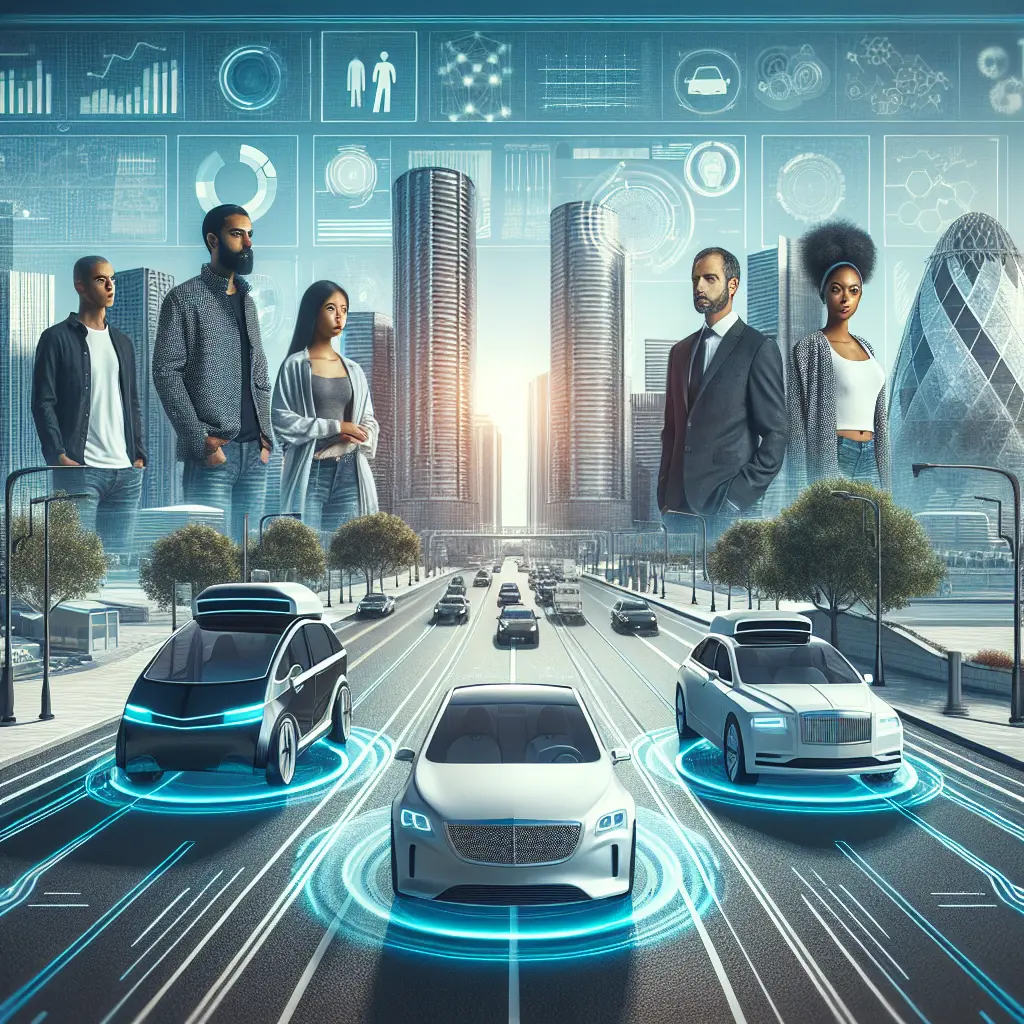

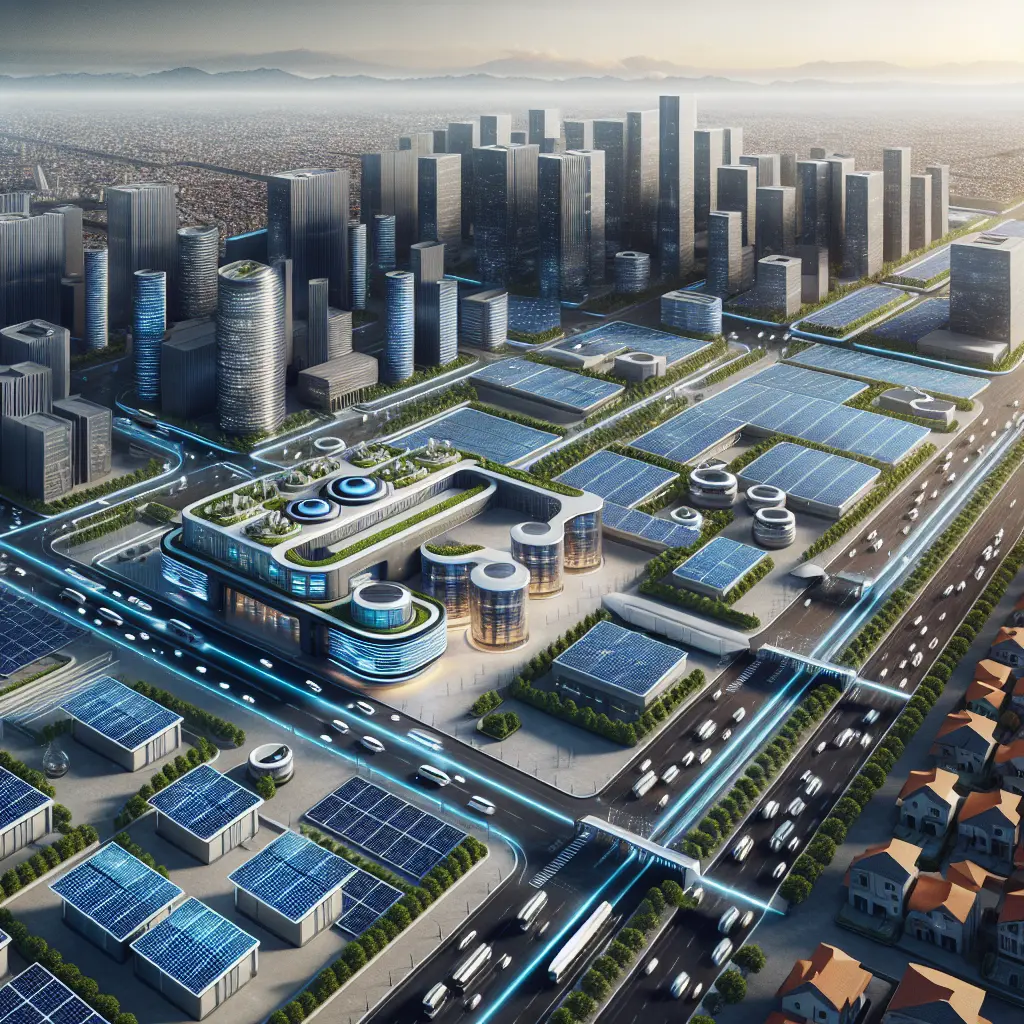
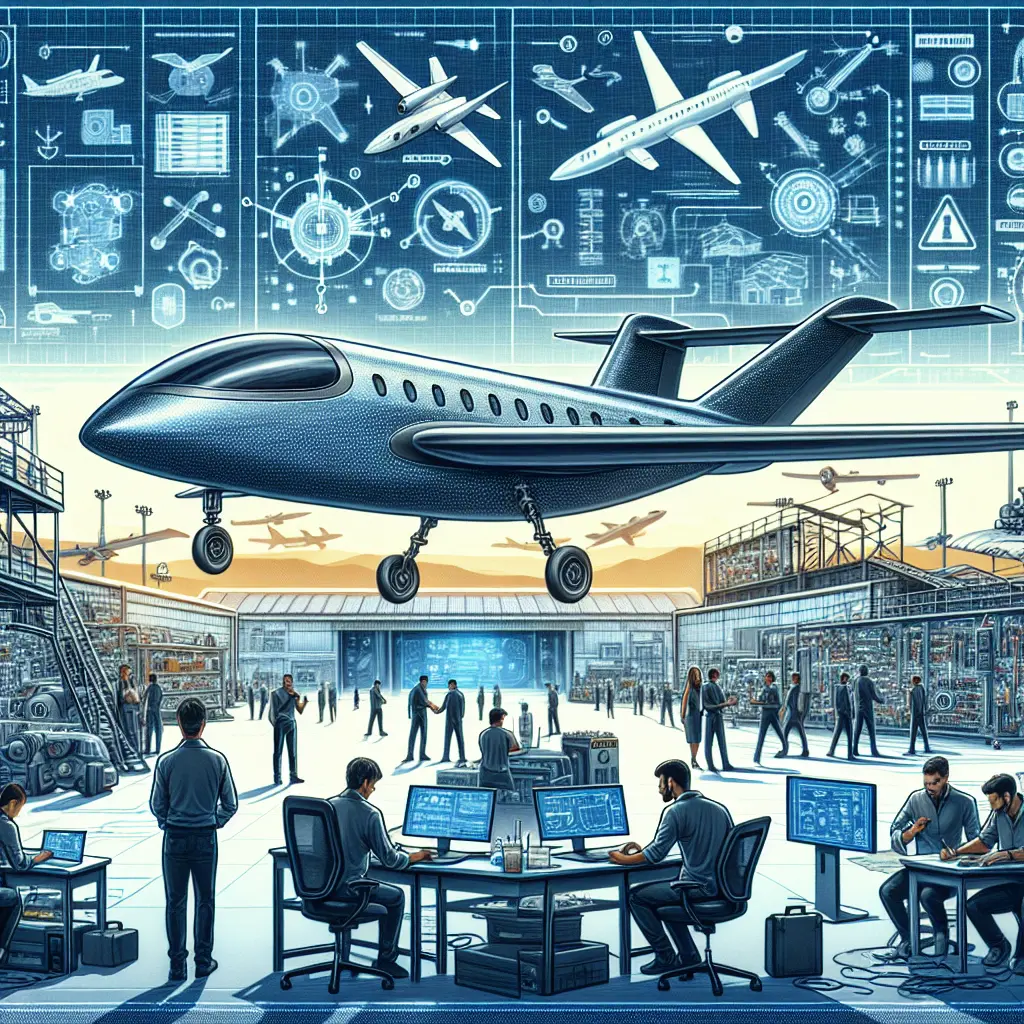


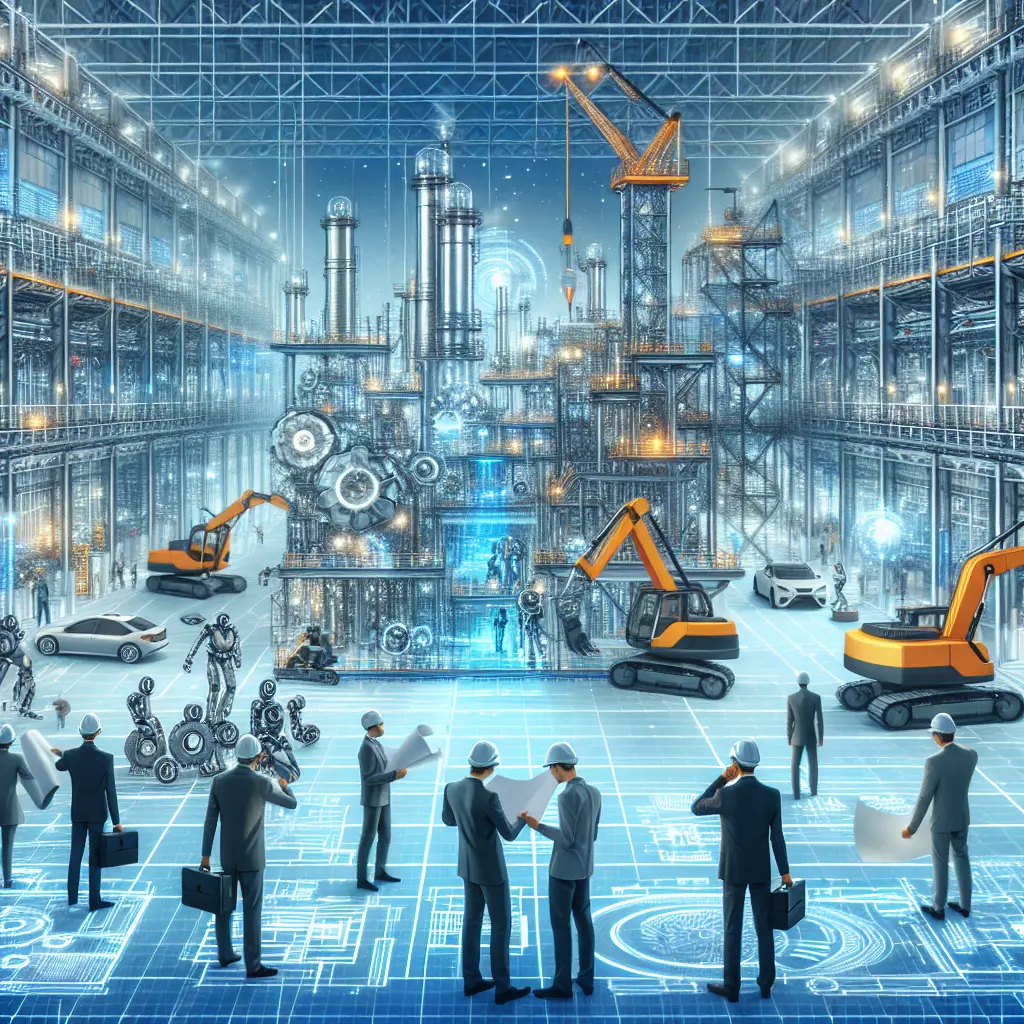

Leave a Comment